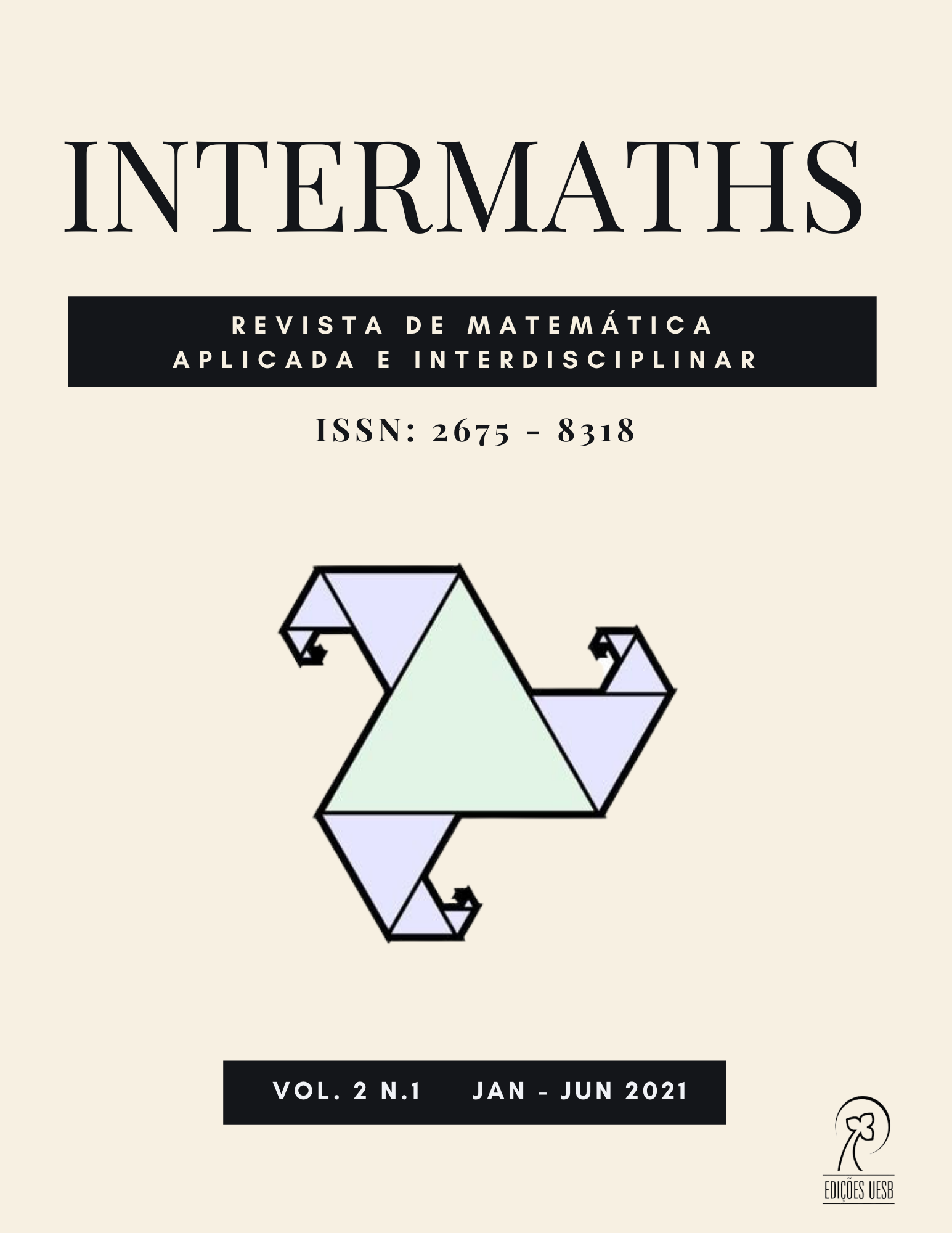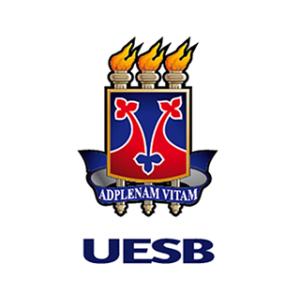Image Wave Equation in underground seismic analysis
DOI:
https://doi.org/10.22481/intermaths.v2i1.8565Keywords:
Remigration, Image Wave, Finite Difference, Numerical AnalysisAbstract
In this work, we study the image wave equation and its use for the depth remigration problem through numerical methods. The problem is to reconstruct an image of the underground geological layers from an initial image migrated with a velocity model. The main objective is the investigation of possible numerical methods for the solution of the image wave equation and, for that, theoretical investigation and numerical analysis were performed. Numerical tests show that the finite difference method with centered approximations is the most efficient. In addition, the implementations show physical and analytical similarity to the classical wave equation. Such similarity is useful because we can consider known and extensively studied methods for the classical wave equation, and apply them to investigations of the image wave equation for in-depth remigration problems.
Downloads
Metrics
References
I. Jones, “Tutorial: migration imaging conditions,” First Break, vol. 32, no. 12, pp. 45–55, 2014.
J. F. Claerbolt, Imaging the Earth’s interior. Stanford University Press, 1985.
M. S. R. Carneiro, Estratégias de inversão de multiparâmetros utilizando a equação completa da elastodinâmica. PhD thesis, Universidade Federal do Rio de Janeiro, 2017.
M. J. Khoshnavaz, A. Bóna, and M. Urosevic, “Velocity-independent estimation of kinematic attributes in vertical transverse isotropy media using local slopes and predictive painting velocity-less estimation of attributes,” Geophysics, vol. 81, no. 5, pp. U73–U85, 2016.
S. Fomel and M. Prucha, “Angle-gather time migration,” Stanford Exploration Project, vol. 100, pp. 359–368, 1999.
W. Burnett and S. Fomel, “Azimuthally anisotropic 3D velocity continuation,” International Journal of Geophysics, 2011.
J. Schleicher, A. Novais, and F. P. Munerato, “Análise numérica da equação da onda imagem na profundidade,” Trends inApplied and Computational Mathematics, vol. 4, no. 2, pp. 267–276, 2003.
P. Hubral, M. Tygel, and J. Schleider, “Seismic image waves,” Geophysical Journal International, vol. 125, no. 2, pp. 431–442, 1996.
S. Fomel, “Method of velocity continuation in the problem of seismic time migration,” Russian Geology and Geophysics, vol. 35, no. 5, pp. 100–111, 1994.
S. Fomel, “Time-migration velocity analysis by velocity continuation,” Geophysics, vol. 68, no. 5, pp. 1662–1672, 2003.
F. P. Munerato, “Remigração na profundidade mediante a equação da onda imagem,” Master’s thesis, Universidade Estadual de Campinas, 2006.
E. P. Munerato, J. Schleicher, E.A. Novais, et al., “Equation implementationalforms-study of image-wave for depth remigration,” Revista Brasileira de Geofisica, 2008.
J. W. Thomas, Numerical partial differential equations. Springer Science & Business Media, 1995.
J. C. Strikwerda, Finite Difference Schemes for Partial Differential Equations. Pacific Grove, reprinted by Chapman & Hall, New York, 1989.
D. Greenspan and C. V., Numerical analysis for applied mathematics, science, and engineering. Perseus Publishing, 1988.
G. R. Gomes, “Análise de velocidade de migração em profundidade mediante continuação de velocidade em famílias de ponto imagem comum,” in VII Simpósio Brasileiro de Geofísica, 2016.
J. Schleicher and R. Biloti, “Dip correction for coherence-based time migration velocity analysis,” Geophysics, vol. 72, no. 1, pp. S41–S48, 2006.
J. Schleicher, A. Novais, and J. C. Costa, “Vertical image waves in elliptically anisotropic media,” Studia Geophysica et Geodaetica, vol. 52, no. 1, pp. 101–122, 2008.
H. B. Santos, T.A. Coimbra, J. Schleicher, andA. Novais, “Remigration-trajectory velocity analysis: Improved derivation and proof of concept,” Annual WIT Report, vol. 18, pp. 91–106, 2014.
Downloads
Published
How to Cite
Issue
Section
License
Copyright (c) 2021 INTERMATHS

This work is licensed under a Creative Commons Attribution 4.0 International License.
- Responsibility: The scientific content and the opinions expressed in the manuscript are the sole responsibility of the author(s).
- Copyrights: INTERMATHS.
- All content of Revista INTERMATHS/INTERMATHS journal is licensed under a Creative Commons - Atribuição 4.0 Internacional







